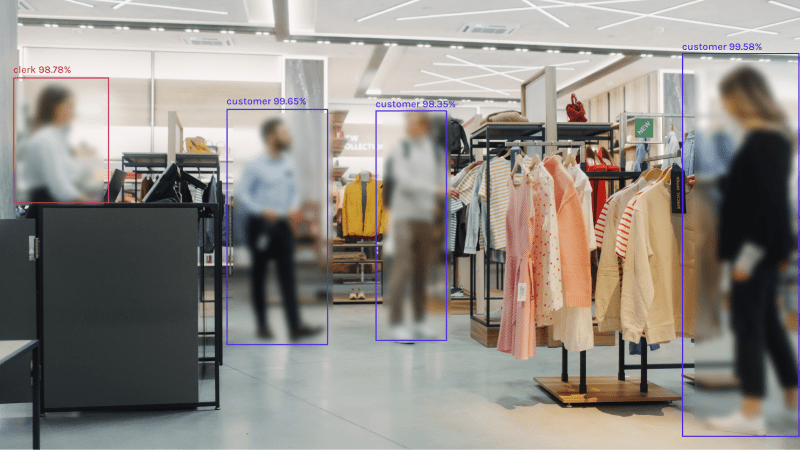Digital Gatekeepers: The Significance of an Age Checker

Ensuring online space safety becomes critical in the large digital environment where information is freely exchanged. The “Age Checker” is one of the numerous tools available to protect users; it functions as a digital gatekeeper, preventing access to services and information that are limited to a certain age.
Understanding the Age Checker
An Age Checker is essentially an internet tool used to confirm the age of people trying to access particular services or content. It serves as a virtual bouncer, verifying people’s legal age before allowing them inside. By erecting a wall between underage users and information that is improper for their age, this technology acts as a gatekeeper.
The Role of Age Verification
Age verification is an essential component of internet safety, not just a formality. In a time when the internet may be a doorway to a wide range of information and services, it is crucial to confirm the age of users, particularly when it comes to content that can be dangerous or unsuitable for younger audiences.
Safeguarding Minors Online
Protecting kids from age-inappropriate content is one of the main goals of an Age Checker. Online platforms and companies fulfill their obligation to safeguard minors from potentially hazardous information by enforcing age verification procedures, which promotes a safer online environment.
Compliance and Legal Standards
In addition to safeguarding users, age checkers assist platforms and organizations in adhering to regulatory requirements. Because age verification is required by law in many places for specific kinds of material or services, Age Checkers are a vital tool for maintaining regulatory compliance.
Implementing Age Verification
When using an Age Checker, users usually have to enter their date of birth or other identifying information in order to verify their age. To guarantee accuracy, Advanced Age Checkers may use extra verification techniques like ID checks or third-party verification services.
Challenges and Solutions
Age checkers are essential, but there are drawbacks as well, including making sure user-provided data is accurate and protecting user privacy. To solve these issues and improve the efficacy of Age Checkers, other approaches are developing, such as biometric verification and AI-based age estimate.
Importance of User Privacy
Preserving user privacy is still important in the pursuit of increased security. Age Checkers should be implemented ethically by protecting user data and making sure that critical personal information is not jeopardized throughout the age verification process.
Future Trends and Innovations
Age Checkers will change along with technology. More advanced techniques for verification, enhanced artificial intelligence algorithms for age estimate, and a stronger focus on user-centric design to increase security and user experience are possible future developments.
Conclusion
The function of an Age Checker as a digital gatekeeper is becoming more and more important in the digital sphere, where the lines between suitable and inappropriate information are becoming less distinct. The Age Checker is a pillar of support for responsible content access and online safety since it keeps minors away from potentially dangerous information and helps with legal compliance.




